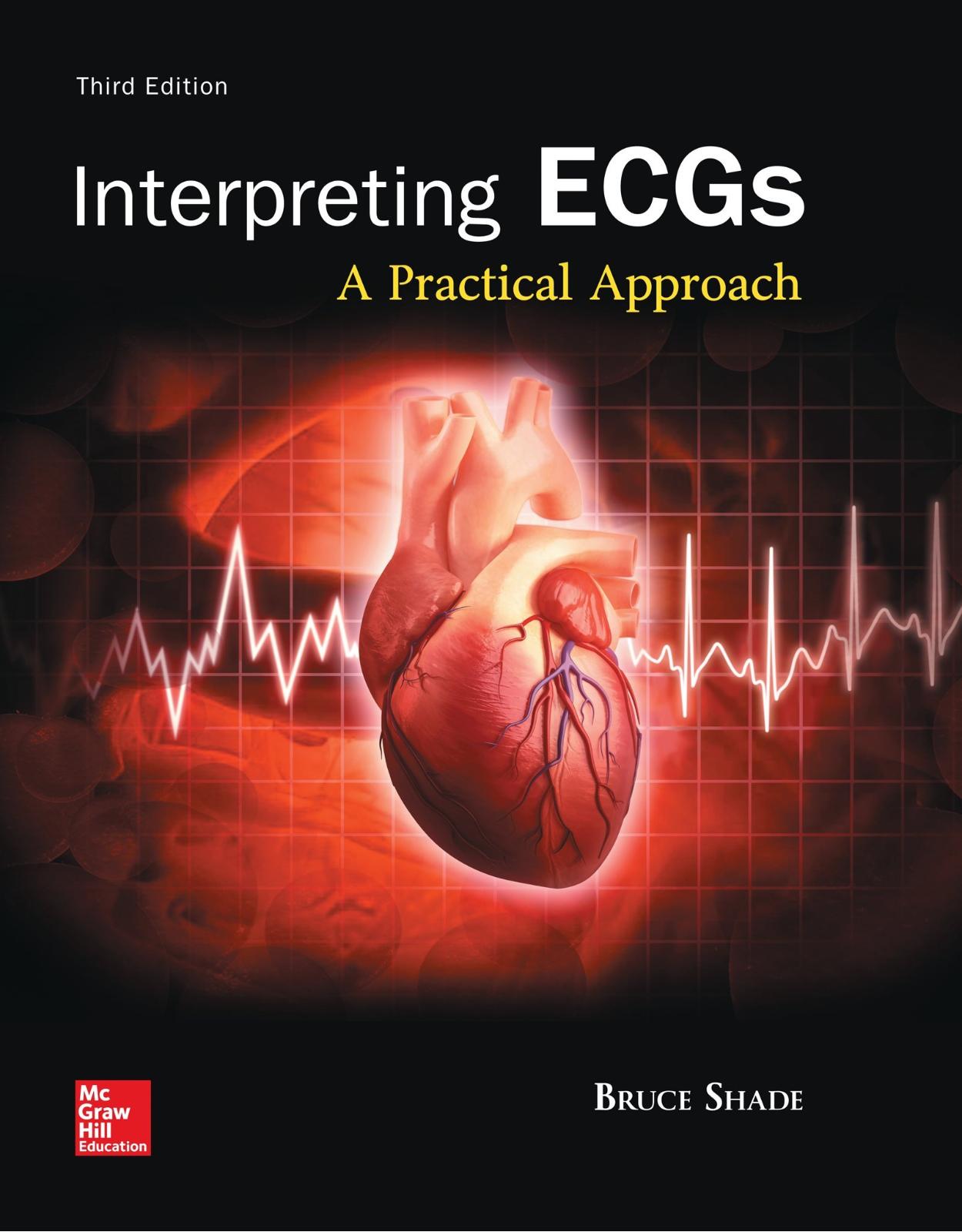
Interpreting ECGs: A Practical Approach
Livrare gratis la comenzi peste 500 RON. Pentru celelalte comenzi livrarea este 20 RON.
Disponibilitate: La comanda in aproximativ 4 saptamani
Autor: Bruce Shade
Editura: McGraw-Hill
Limba: Engleza
Nr. pagini: 733
Coperta: Paperback
Dimensiuni: 275 x 217 x 28 mm
An aparitie: 2018
Description:
Interpreting ECGs: A Practical Approach Third Edition uses an easy-to-understand how-to approach to develop solid ECG analysis and recognition skills. Learn how to measure waveforms segments and interval durations to determining heart rates and types of irregularity.
Table of Contents:
Features to Help You Study and Learn
Section 1: Preparatory
Chapter 1 Anatomy and Electrophysiology of the Heart
The Electrocardiogram
How It Works
The Circulatory System
Anatomy of the Heart
Shape and Position of the Heart
The Pericardial Sac
The Heart Wall
The Internal Heart
Cells of the Heart
Myocytes
Pacemaker and Electrical Conducting Cells
The Heart’s Conductive Pathway
SA Node
AV Node
Bundle of His and Right and Left Bundle Branches
Purkinje Fibers
The Heart’s Blood Supply
Right Coronary Artery
Left Main Coronary Artery
Coronary Veins
Physiology of the Heart and Circulation
The Cardiac Cycle
Cardiac Output
Blood Pressure
Blood Flow through the Atria
Initiation of Impulse in the SA Node
Atrial Depolarization and Contraction
Conduction through the AV Node
Conduction through the His-Purkinje System
Ventricular Depolarization and Contraction
Atrial and Ventricular Repolarization
Alternate Pacemaker Sites
Influences on the Heart and Circulatory System
The Autonomic Nervous System
Sympathetic Nervous System
Parasympathetic Nervous System
Increased Myocardial Oxygen Needs
Nerve Impulse Generation and Muscle Contraction
Polarized State
Depolarization
Repolarization
Refractory Periods
Impulse Generation of the SA Node
Depolarization and Repolarization of the Myocytes
Chapter 2 The Electrocardiogram
The Electrocardiogram and ECG Machines
ECG Lead Wires and Electrodes
Lead Wires
Electrodes
Heart’s Normal Electrical Activity
ECG Leads
Bipolar/Unipolar Leads
Planes of the Heart and Lead Placement
Frontal Plane
Horizontal Plane
Putting the Views Together
15- and 18-Lead ECGs
Displays and Printouts
Reading Printouts
Section 2: The Nine-Step Process
Chapter 3 Analyzing the Electrocardiogram
Characteristics of the Normal ECG
Analyzing the Electrocardiogram Using the Nine-Step Process
Step 1: Heart Rate
Step 2: Regularity
Step 3: P Waves
Step 4: QRS Complexes
Step 5: PR Intervals
Step 6: ST Segments
Step 7: T Waves
Step 8: QT Intervals
Step 9: U Waves
Flexibility in the Nine-Step Process
Dysrhythmia and Cardiac Condition Characteristics
Analyzing the ECG
Analyzing the Rhythm Strip
Analyzing the 12-Lead Tracing
Calibrating the ECG
Artifact
Chapter 4 Heart Rate
Importance of Determining the Heart Rate
Quick Check of the Heart Rate
Heart Rates Seen with Various Dysrhythmias
Methods of Determining Heart Rate
6-Second Interval × 10 Method
300, 150, 100, 75, 60, 50 Method
1500 Method
Rate Calculators
Counting Both the Atrial and Ventricular Rates
Normal, Slow, and Fast Rates
Slow Rates—Bradycardia
Fast Rates—Tachycardia
Stable or Unstable, Narrow or Wide
Chapter 5 Regularity
Importance of Determining Regularity
Quick Check of Regularity
Methods of Determining Regularity
Paper and Pen Method
Caliper Method
Counting the Small Squares Method
Using a Rate Calculator
Types of Irregularity
Occasionally or Very Irregular
Slightly Irregular
Irregularity Caused by Sudden Changes in the Heart Rate
Irregularly (Totally) Irregular
Patterned Irregularity
Irregularity Caused by Varying Conduction Ratios
Chapter 6 P Waves
Importance of Determining the P Waves
Examining the P Waves
Normal P Waves
Identifying and Characterizing Abnormal P Waves
Peaked, Notched, or Enlarged Sinus P Waves
Atrial P Waves
Varying Atrial P Waves
Flutter and Fibrillatory Waves
Inverted and Absent P Waves
More P Waves than QRS Complexes
Chapter 7 QRS Complexes
Importance of Examining the QRS Complexes
Examining the QRS Complexes
Measuring QRS Complexes
Variations in the QRS Configuration
QRS Complexes in Different Leads
Where We See Normal QRS Complexes
Abnormal QRS Complexes
Tall and Low-Amplitude QRS Complexes
Wide QRS Complexes of Supraventricular Origin
Wide, Bizarre-Looking QRS Complexes of Ventricular Origin
Absent QRS Complexes
Chapter 8 PR Intervals
Importance of Determining the PR Intervals
Characteristics of Normal PR Intervals
Measuring the PR Intervals
PR Intervals That Are Different
Shorter PR Intervals
Longer PR Intervals
Varying PR Intervals
Absent or Not Measurable PR Intervals
Constant PR Intervals Seen with More P Waves
Chapter 9 ST Segments, T Waves, QT Intervals, and U Waves
Analyzing the Specific Waveforms, Segments, and Intervals
Normal and Abnormal ST Segments
Normal Characteristics
Measuring the ST Segments
Abnormal ST Segments
Normal and Abnormal T Waves
Normal Characteristics
Measuring the T Waves
Abnormal T Waves
Normal and Abnormal QT Intervals
Normal Characteristics
Measuring the QT Interval
Abnormal QT Intervals
Normal and Abnormal U Waves
Normal Characteristics
Abnormal U Waves
Section 2 Practice Makes Perfect
Chapter 10 Heart Disease
Defining Heart Disease
Risk Factors of Heart Disease
Age, Gender, and Family History
Smoking and Alcohol Intake
Poor Diet, Obesity, and Physical Inactivity
High Blood Pressure
High Blood Cholesterol Levels
Diabetes
Stress and “Type A” Personalities
Poor Hygiene
Complications of Heart Disease
Dysrhythmias
Angina
Myocardial Infarction
Dilation and Hypertrophy
Heart Failure
Cardiogenic Shock
Stroke
Aneurysm
Peripheral Artery Disease
Pulmonary Embolism
Sudden Cardiac Arrest
Types of Heart Disease
Coronary Artery Disease
Myocardial Ischemia
Myocardial Injury
Myocardial Infarction
Cardiomyopathy
Arrhythmogenic Right Ventricular Dysplasia
Heart Infection
Rheumatic Fever
Valvular Heart Disease
Congenital Heart Defects
Section 3: Origin and Clinical Aspects of Dysrhythmias
Chapter 11 Overview of Dysrhythmias
The Heart’s Normal Electrical Activity
Dysrhythmias
The Effects of Dysrhythmias
Types of Dysrhythmias
Bradycardia
Tachycardia
Early (Premature) Beats
Dropped Beats or QRS Complexes
Irregularity
Causes and Mechanisms of Dysrhythmias
Increased Parasympathetic Tone
Myocardial Hypoxia, Injury, and Infarction
Increased Automaticity
Reentry
Triggered Beats
Proarrhythmia
Site of Origin
Sinus Dysrhythmias
Atrial Dysrhythmias
Junctional Dysrhythmias
Ventricular Dysrhythmias
AV Heart Block
Identifying Dysrhythmias
Patient Assessment
Primary Assessment (ABCDEs)
Secondary Assessment
Ongoing Assessment
Treatment of Dysrhythmias
Physical Maneuvers
Electrical Therapy
Medications
Chapter 12 Sinus Dysrhythmias
Rhythms Originating from the Sinus Node
ECG Appearance of Sinus Rhythms
Normal Sinus Rhythm
Sinus Bradycardia
Description
Causes
Effects
ECG Appearance
Treatment
Sinus Tachycardia
Description
Causes
Effects
ECG Appearance
Treatment
Sinus Dysrhythmia
Description
Causes
ECG Appearance
Treatment
Sinus Arrest
Description
Causes
Effects
ECG Appearance
Treatment
Sinoatrial Exit Block
Description
Causes
Effects
ECG Appearance
Treatment
Sick Sinus Syndrome
Description
Causes
Effects
ECG Appearance
Treatment
Sinus Rhythm as the Underlying Rhythm
Practice Makes Perfect
Chapter 13 Atrial Dysrhythmias
Rhythms Originating in the Atria
Key Features of Atrial Dysrhythmias
P Wave Appearance
QRS Complex Appearance
Effects of Atrial Dysrhythmias
Premature Atrial Complexes
Description
Causes
Effects
ECG Appearance
Differentiating Blocked PACs from Sinus Arrest
Treatment
Wandering Atrial Pacemaker
Description
Causes
Effects
ECG Appearance
Treatment
Atrial Tachycardia
Description
Causes
Effects
ECG Appearance
Treatment
Multifocal Atrial Tachycardia
Description
Causes
Effects
ECG Appearance
Treatment
Supraventricular Tachycardia
Atrial Flutter
Description
Causes
Effects
ECG Appearance
Treatment
Atrial Fibrillation
Description
Causes
Effects
ECG Appearance
Treatment
Practice Makes Perfect
Chapter 14 Junctional Dysrhythmias
Dysrhythmias Originating in the Atrioventricular Junction
Key Features of Junctional Dysrhythmias
P Wave Appearance
PR Interval
QRS Complex Appearance
Effects
Premature Junctional Complex
Description
Causes
Effects
ECG Appearance
Treatment
Junctional Escape Rhythm
Description
Causes
Effects
ECG Appearance
Treatment
Accelerated Junctional Rhythm
Description
Causes
Effects
ECG Appearance
Treatment
Junctional Tachycardia
Description
Causes
Effects
ECG Appearance
Atrioventricular Nodal Reentrant Tachycardia
Description
ECG Appearance
Effects
Preexcitation
Wolff-Parkinson-White Syndrome
Lown-Ganong-Levine Syndrome
Atrioventricular Reentrant Tachycardia
Description
Appearance
Effects
Treatment of Supraventricular Tachycardia
Practice Makes Perfect
Chapter 15 Ventricular Dysrhythmias
Dysrhythmias Originating in the Ventricles
Key Features of Ventricular Dysrhythmias
P Wave Appearance
QRS Complex Appearance
Effects
Premature Ventricular Complexes
Description
Causes
Effects
ECG Appearance
Treatment
Ventricular Escape Beats
Description
Causes
Effects
ECG Appearance
Treatment
Idioventricular Rhythm
Description
Causes
Effects
ECG Appearance
Treatment
Accelerated Idioventricular Rhythm
Description
Causes
Effects
ECG Appearance
Treatment
Ventricular Tachycardia
Description
Causes
Effects
ECG Appearance
Treatment
Polymorphic Ventricular Tachycardia
Description
Causes
Effects
ECG Appearance
Treatment
Ventricular Fibrillation
Description
Causes
Effects
ECG Appearance
Treatment
Asystole
Description
Causes
Effects
ECG Appearance
Treatment
Pulseless Electrical Activity
Description
Causes
Effects
ECG Appearance
Treatment
Practice Makes Perfect
Chapter 16 AV Heart Blocks
Block of the Atrioventricular Node
1st-Degree Atrioventricular Heart Block
Description
Causes
Effects
ECG Appearance
Treatment
2nd-Degree Atrioventricular Heart Block, Type I
Description
Causes
Effects
ECG Appearance
Treatment
2nd-Degree Atrioventricular Heart Block, Type II
Description
Causes
Effects
ECG Appearance
Treatment
3rd-Degree Atrioventricular Heart Block
Description
Causes
Effects
ECG Appearance
Treatment
Atrioventricular Dissociation
Description
Causes
Effects
ECG Appearance
Treatment
Practice Makes Perfect
Chapter 17 Pacemakers and Implanted Cardioverter-Defibrillators
Pacemakers and Implantable Defibrillators
Temporary Pacemakers
Epicardial Pacing
Transvenous Pacing
Permanent Pacemakers
Uses
Permanent Pacemaker Components
Generator
Lead Wire(s)
Function of Permanent Pacemakers
Pacing Modes
Output
Sensitivity
Refractory Period
Rate Adaptation
Coding System
Cardiac Resynchronization Therapy
Appearance of the Paced ECG
Unipolar vs. Bipolar Systems
Pacemaker Failure and Complications
Failure to Capture
Failure to Pace
Failure to Sense
Oversensing
Pacemaker-Mediated Tachycardia
Complications of Pacemakers
Implantable Cardioverter-Defibrillators
Pulse Generator
Electrode Wires
Recognition of Ventricular Dysrhythmias
Therapies Provided by the ICD
Provider Safety
Practice Makes Perfect
Section 4: 12-Lead ECGs
Chapter 18 Overview of 12-Lead ECGs and Electrical Axis
The 12-Lead ECG
Views
Limb Leads
Leads I, II, and III
Leads aVR, aVL, and aVF
Precordial Leads
Leads V1, V2, V3
Leads V4, V5, V6
ECG Views of the Heart
Contiguous Leads
Analyzing the 12-Lead ECG
Electrical Axis and the ECG
Vectors
Mean Instantaneous Vector
Waveform Direction
Ventricular Depolarization and Mean QRS Axis
Determining the Electrical Axis
Hexaxial Reference System
Altered QRS Axis
Causes of Altered Electrical Axis
Practice Makes Perfect
Chapter 19 Myocardial Ischemia, Injury, and Infarction
Coronary Circulation
Right Coronary Artery (RCA)
Left Coronary Artery (LCA)
The ECG Waveforms
Q Waves
Normal ST Segments
Normal T Waves
ECG Indicators of Ischemia, Injury, and Infarction
T Wave Changes
ST Segment Changes
STEMI and NSTEMI
Q Wave Changes
Left Bundle Branch Block
Reciprocal Changes
ECG Evolution during Myocardial Infarction
MI—Age Indeterminate
Criteria for Diagnosing Myocardial Infarction
Clinical History
Serum Cardiac Markers
ECG Findings
Identifying the Myocardial Infarction Location
Septal Wall Infarction
Anterior Wall Infarction
Lateral Wall Infarction
Anterolateral Wall Infarction
Extensive Anterior Wall Infarction
Inferior Infarction
Posterior Wall Infarction
Right Ventricular Infarction
Treatment of Myocardial Infarction
Right Ventricular Infarction Treatment
Practice Makes Perfect
Chapter 20 Bundle Branch Block
Ventricular Conduction Disturbances
The Bundle Branches
Bundle Branch Block
ECG Leads Used to Identify Ventricular Conduction Disturbances
Right Bundle Branch Block
Left Bundle Branch Block
Incomplete Bundle Branch Block
Nonspecific Intraventricular Conduction Defect
Fascicular Block
Left Anterior Fascicular Block
Left Posterior Fascicular Block
Bifascicular and Trifascicular Blocks
Identifying MI and/or Hypertrophy in the Presence of Bundle Branch Block
Treatments of Bundle Branch Block
Inherited Conditions That Mimic Right Bundle Branch Block
Brugada Syndrome
Arrhythmogenic Right Ventricular Dysplasia (AVRD) (ARVC)
Practice Makes Perfect
Chapter 21 Atrial Enlargement and Ventricular Hypertrophy
ECG Changes Used to Identify Enlargement and Hypertrophy
Atrial Enlargement
Right Atrial Enlargement
Left Atrial Enlargement
Ventricular Hypertrophy
Right Ventricular Hypertrophy
Left Ventricular Hypertrophy
ST Segment and T Wave Changes
Hypertrophic Cardiomyopathy
Practice Makes Perfect
Chapter 22 Other Cardiac Conditions and the ECG
Pericarditis
ECG Changes
Pericardial Effusion
ECG Changes
Pulmonary Embolism
ECG Changes
Electrolyte Imbalance
Hyperkalemia
Hypokalemia
Calcium Disorders
Drug Effects and Toxicity
Digoxin
Other Medications
Practice Makes Perfect
Section 5: Review and Assessment
Chapter 23 Putting It All Together
Using the Nine-Step Process and Deductive Analysis
Step 1: Heart Rate
Slow Rate
Normal Rate
Fast Rate
Step 2: Regularity
Regular Rhythms
Irregular Rhythms
Step 3: P Waves
Normal P Waves
Abnormal P Waves
Step 4: QRS Complexes
Normal QRS Complexes
Abnormal QRS Complexes
Step 5: PR Intervals
Normal PR Intervals
Abnormal PR Intervals
Step 6: ST Segments
Normal ST Segments
Abnormal ST Segments
Step 7: T Waves
Normal T Waves
Abnormal T Waves
Step 8: QT Intervals
Normal QT Intervals
Abnormal QT Intervals
Step 9: U Waves
So Why Do It?
Practice Ruling Out Dysrhythmias and Conditions
Practice Makes Perfect
Appendix A
Glossary
Index
| An aparitie | 2018 |
| Autor | Bruce Shade |
| Dimensiuni | 275 x 217 x 28 mm |
| Editura | McGraw-Hill |
| Format | Paperback |
| ISBN | 9781260092936 |
| Limba | Engleza |
| Nr pag | 733 |

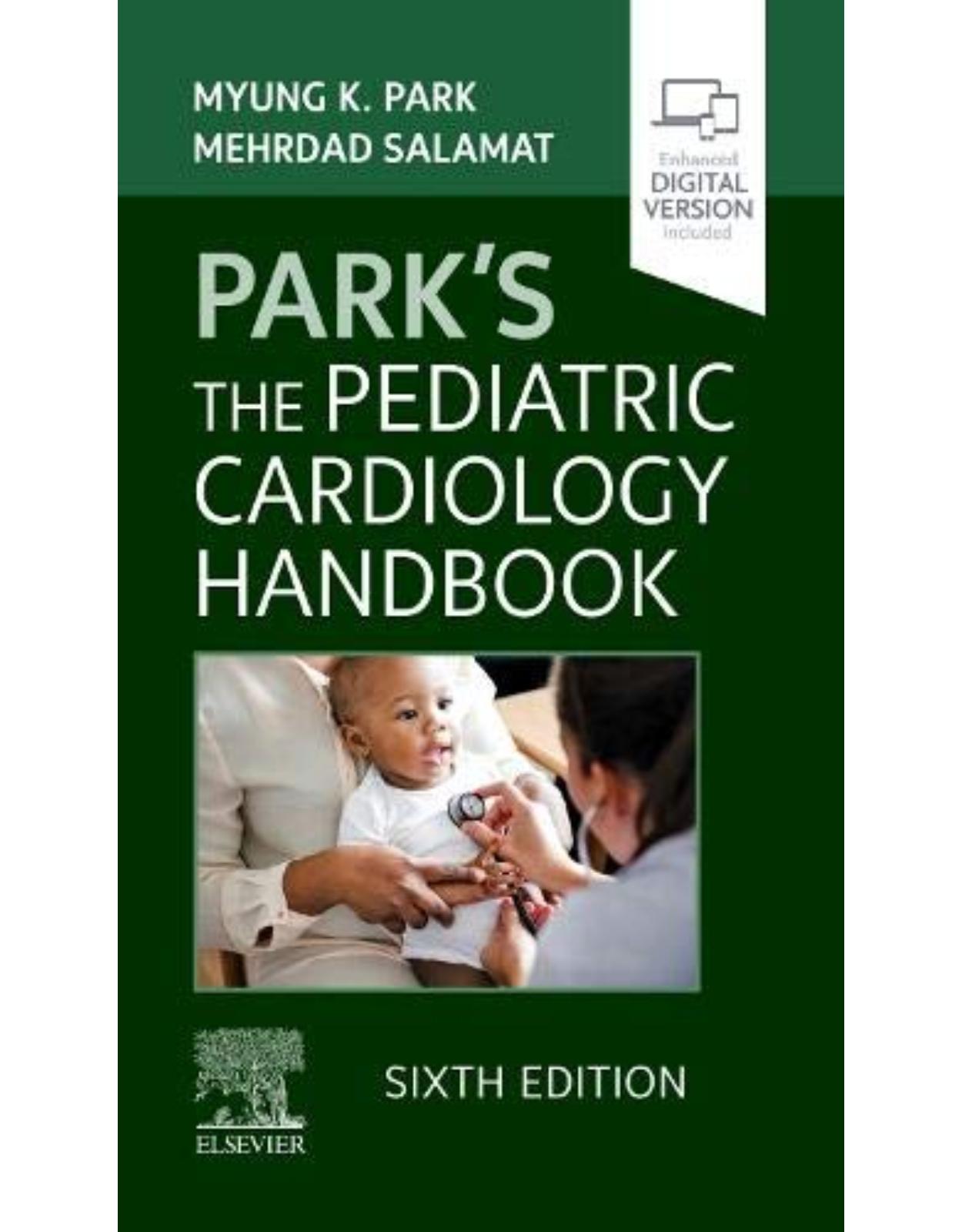
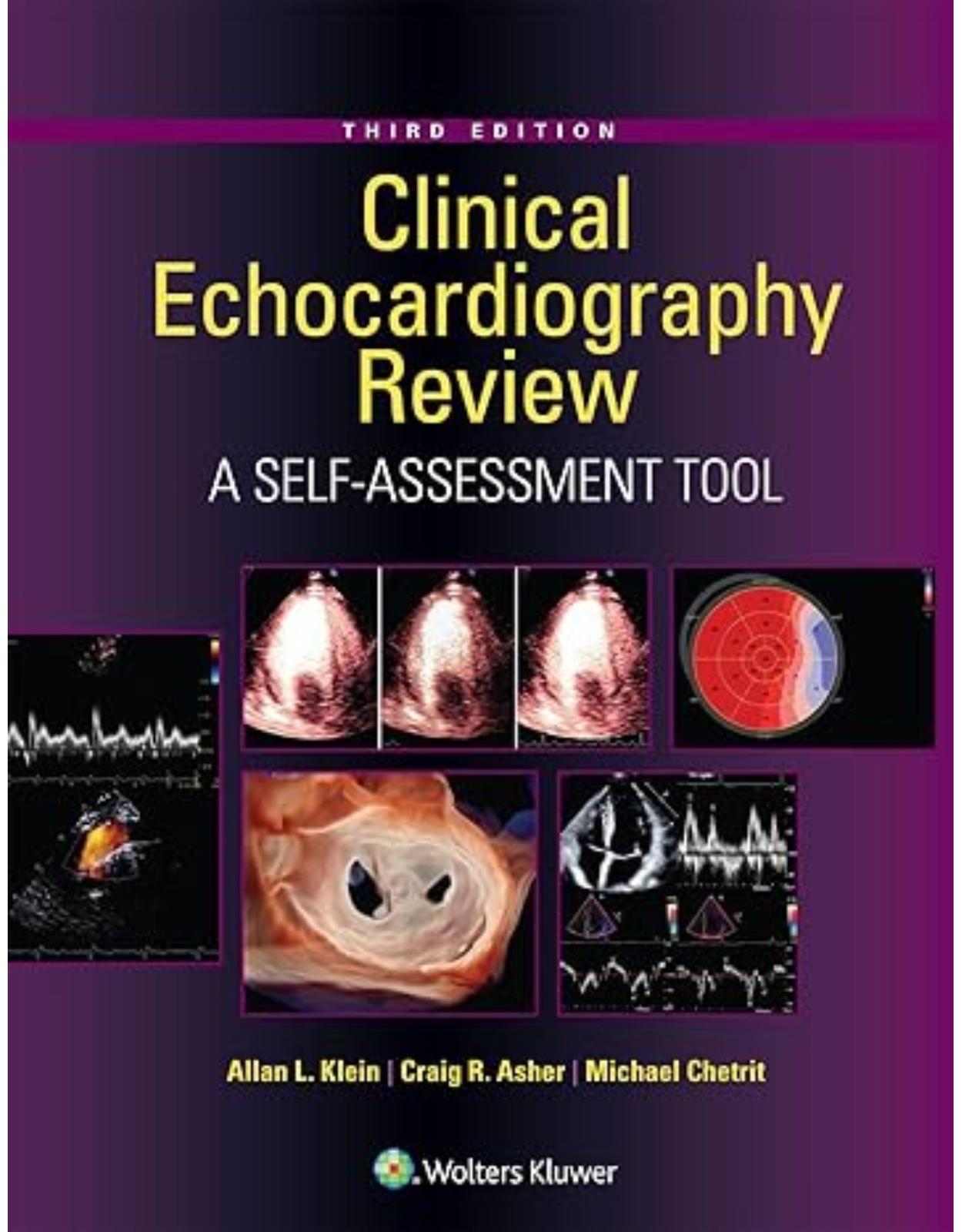
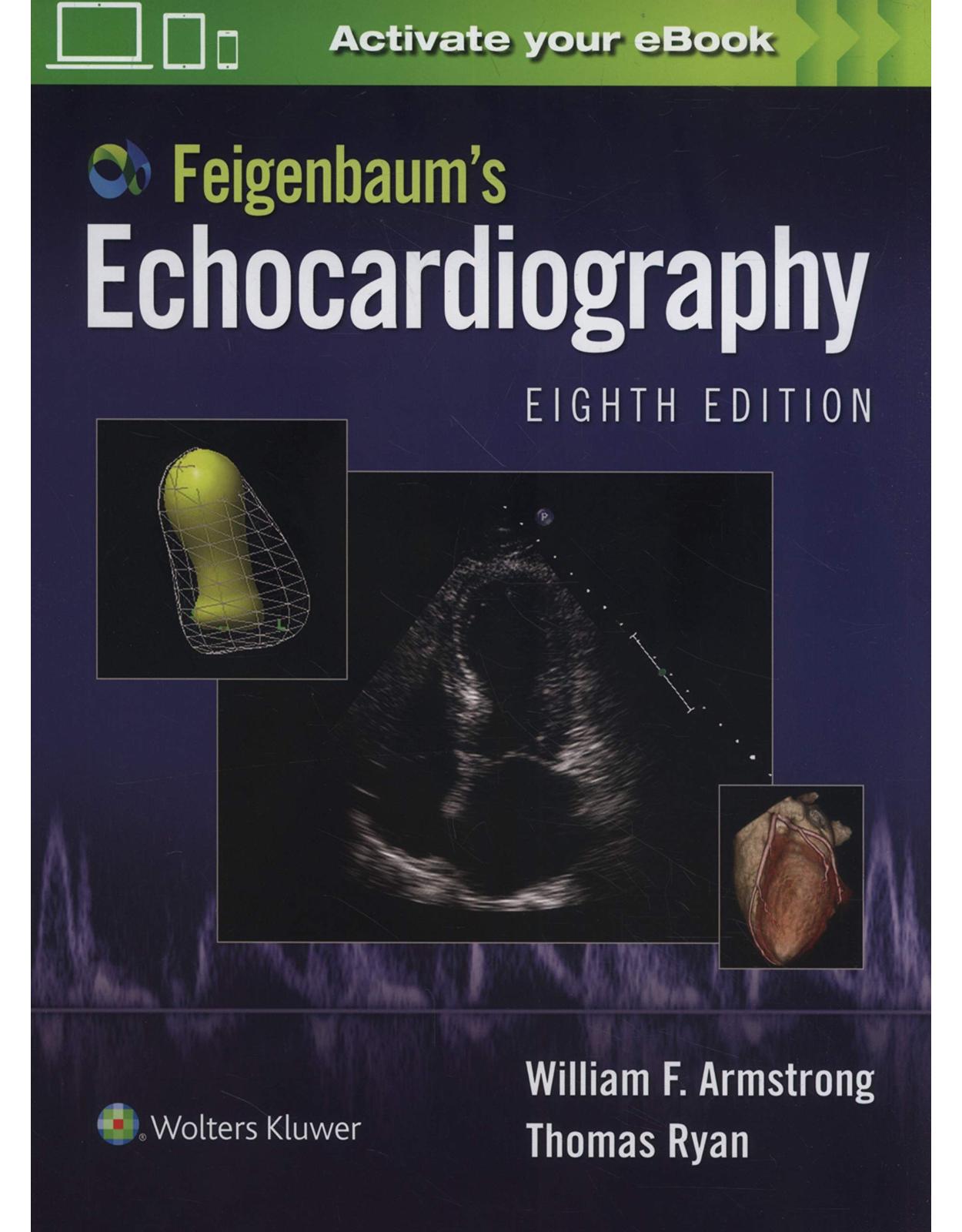
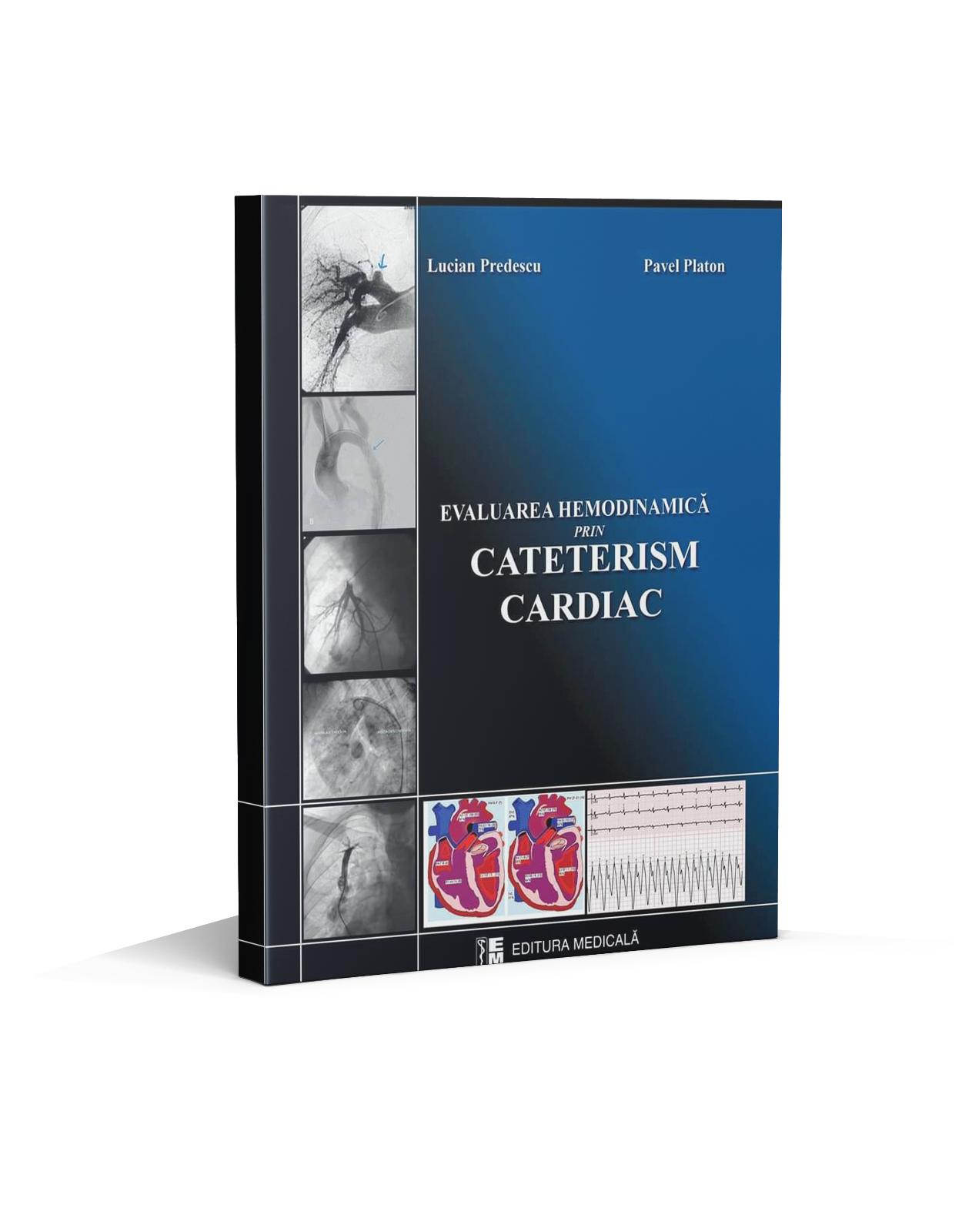
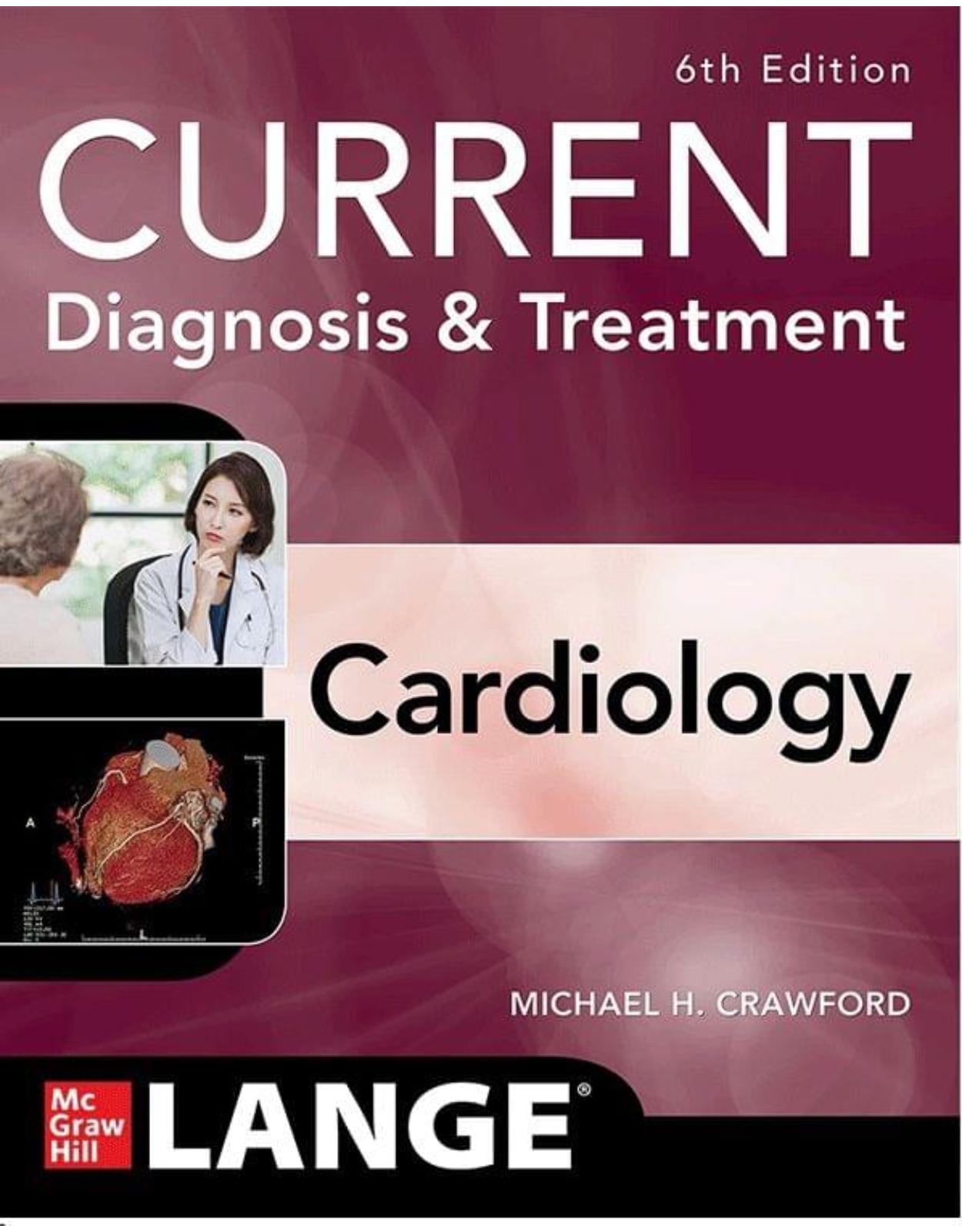
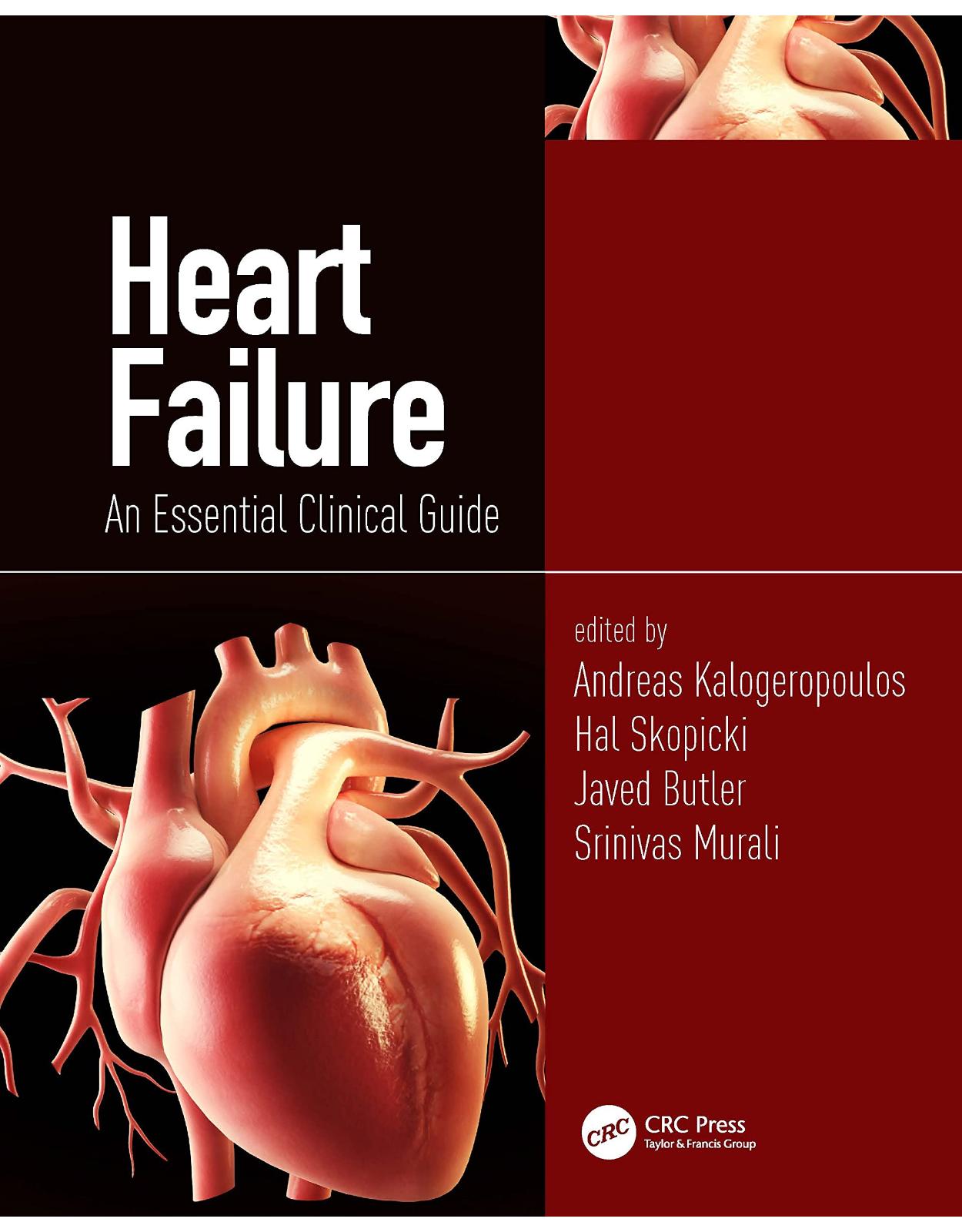

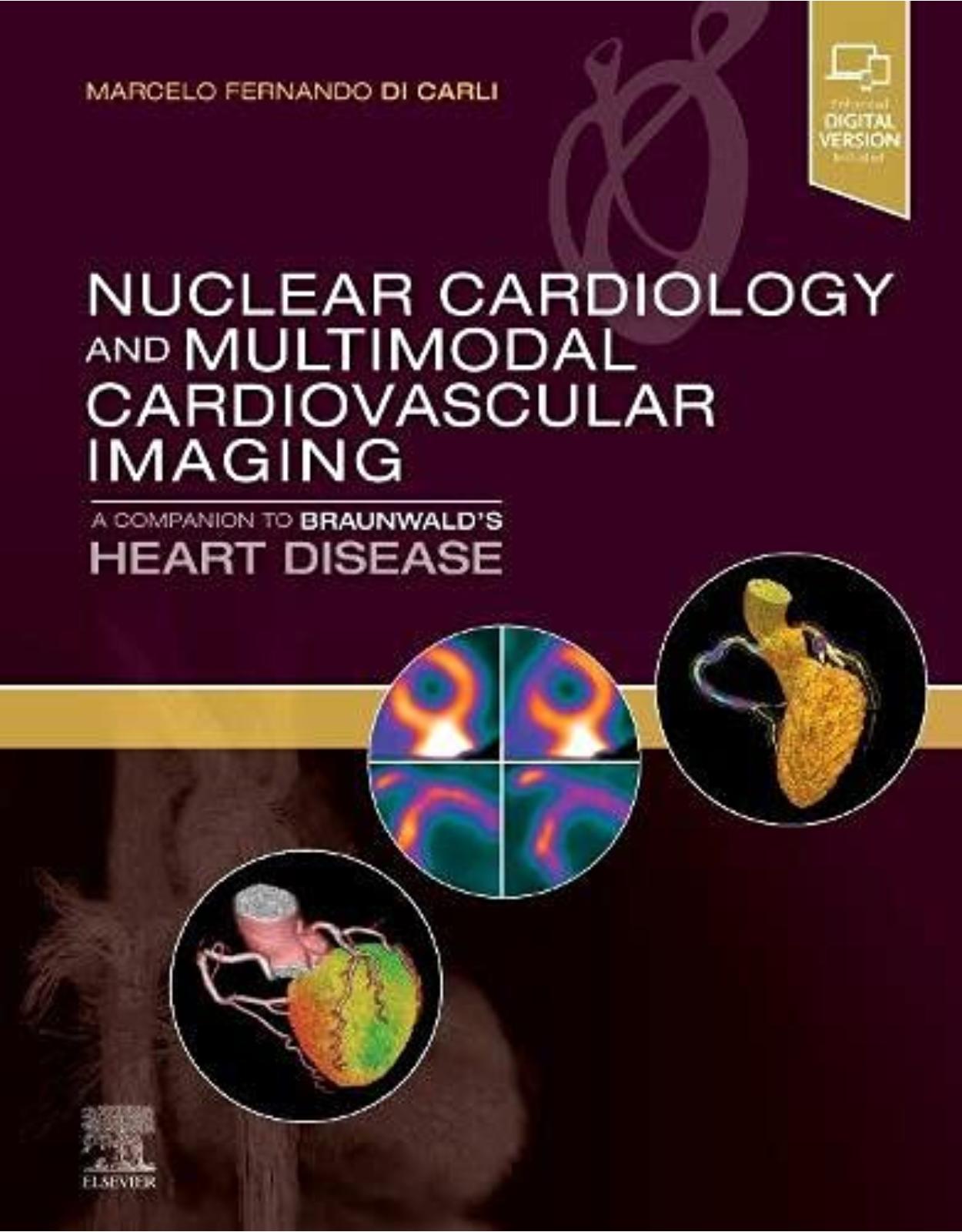
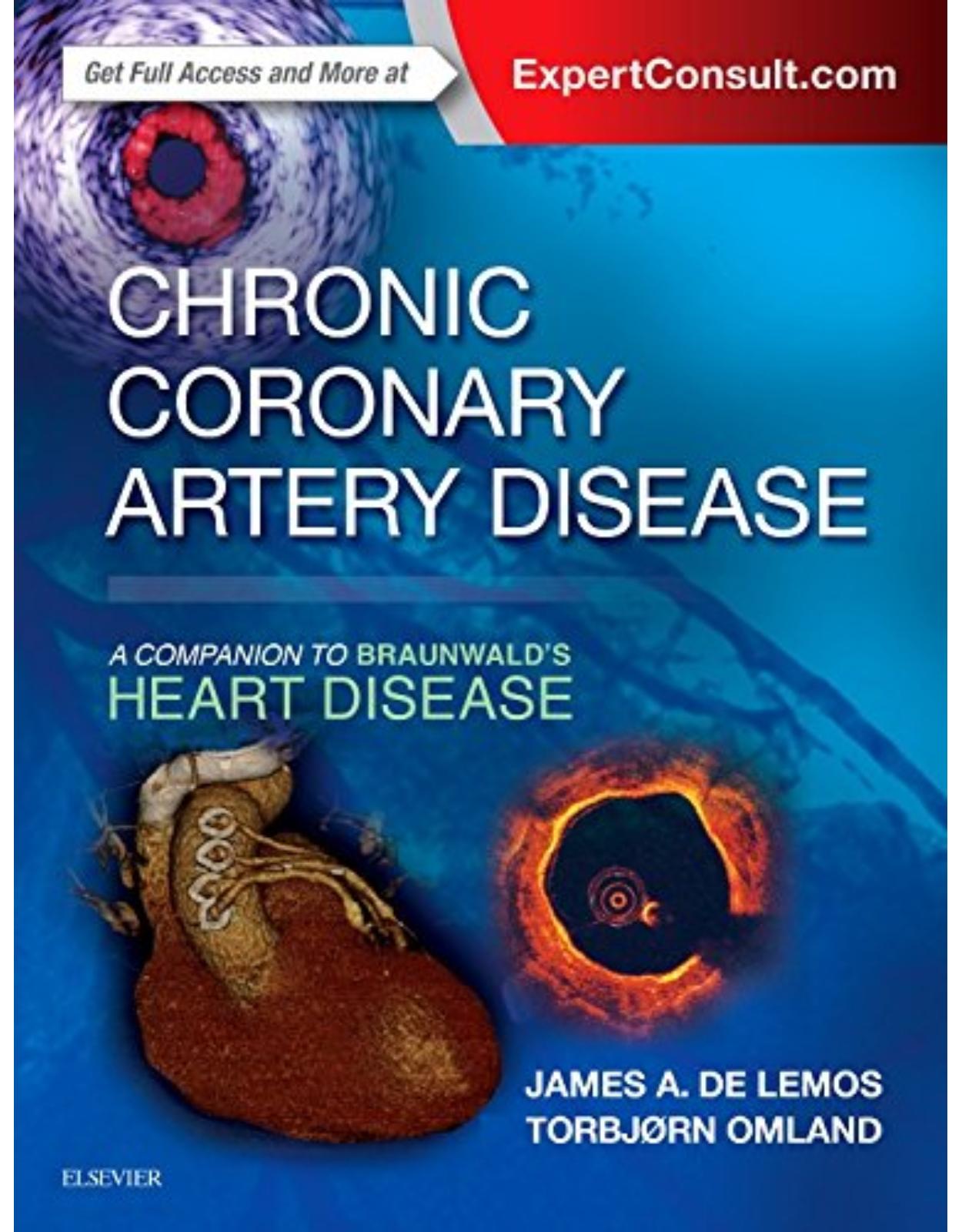
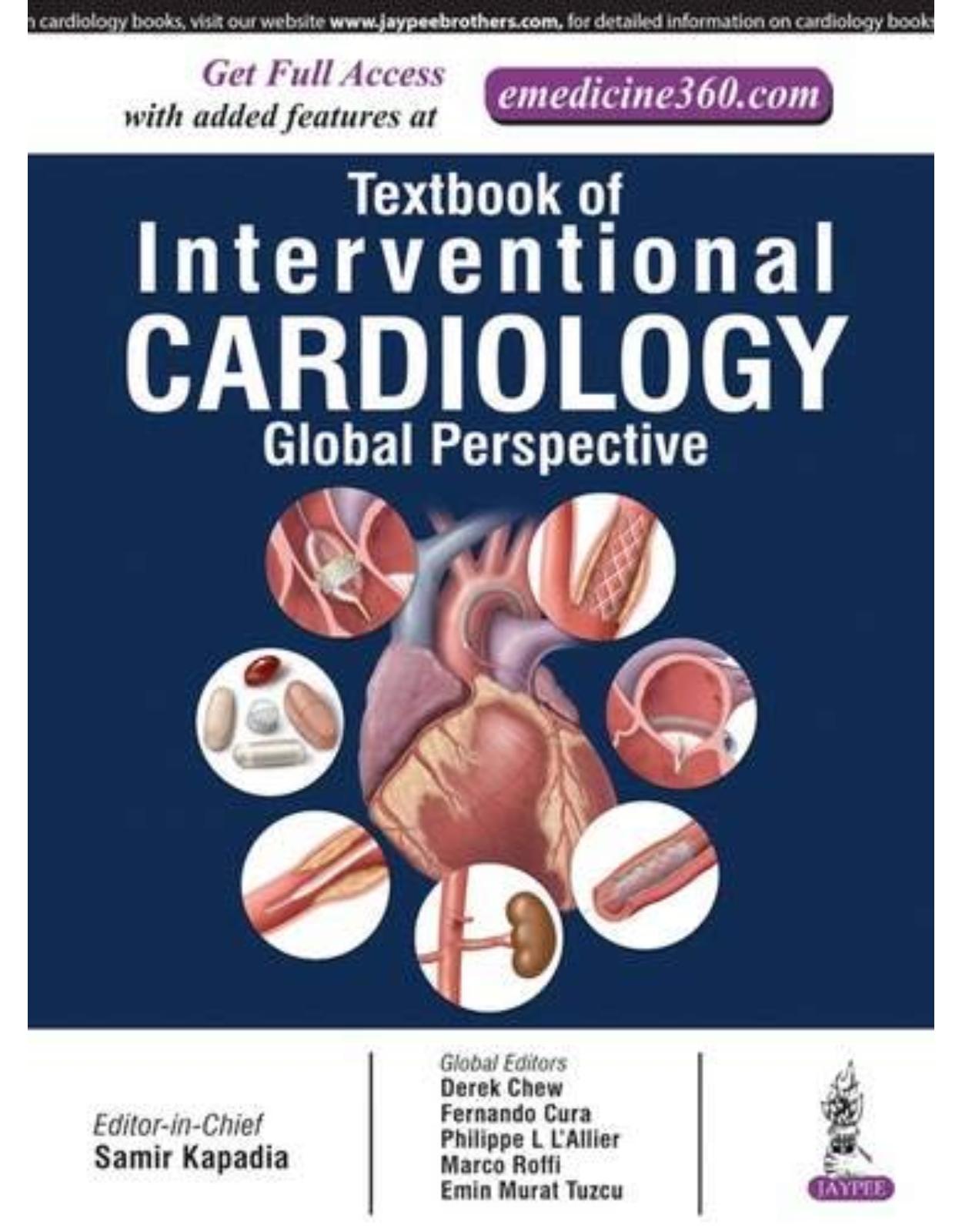
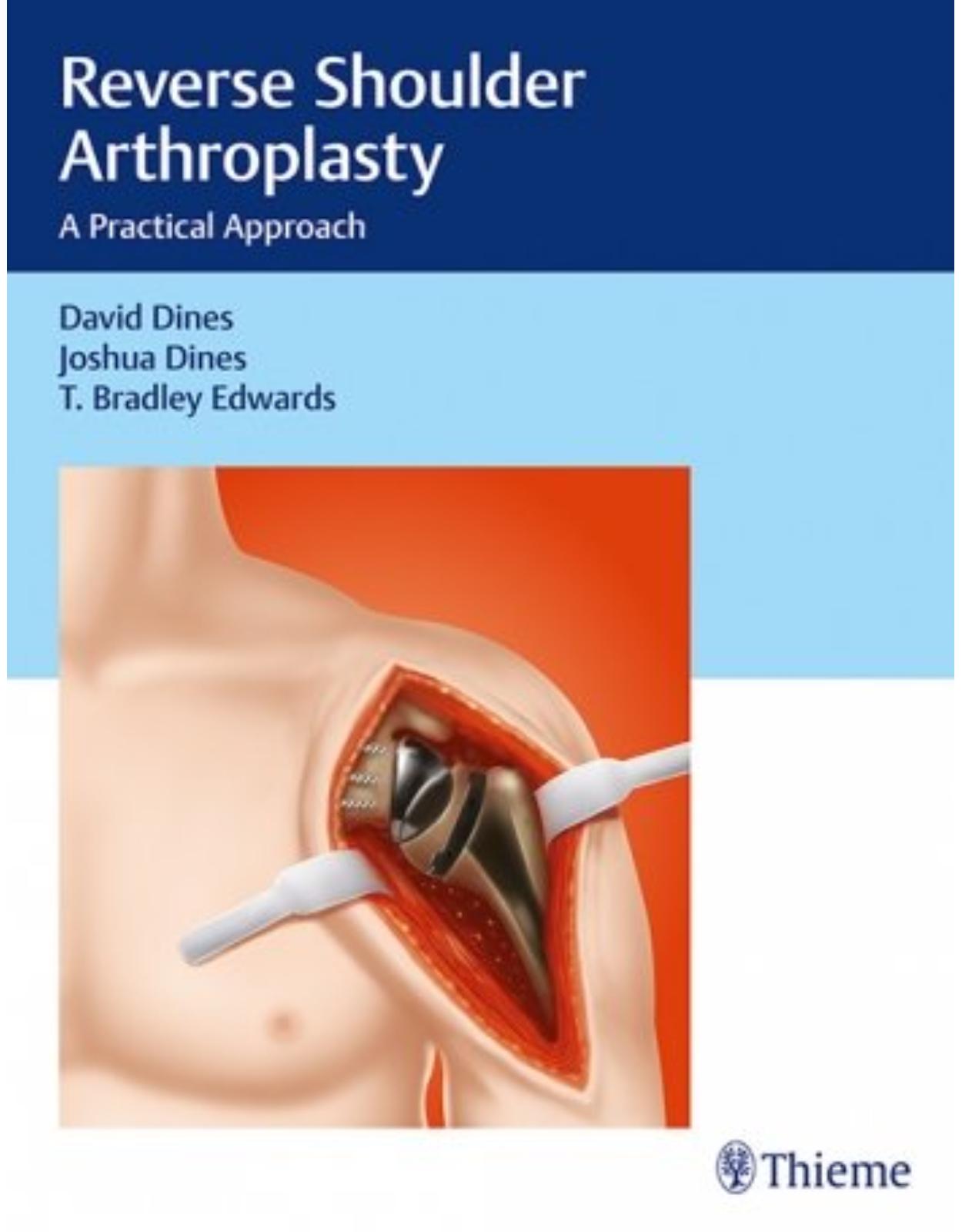
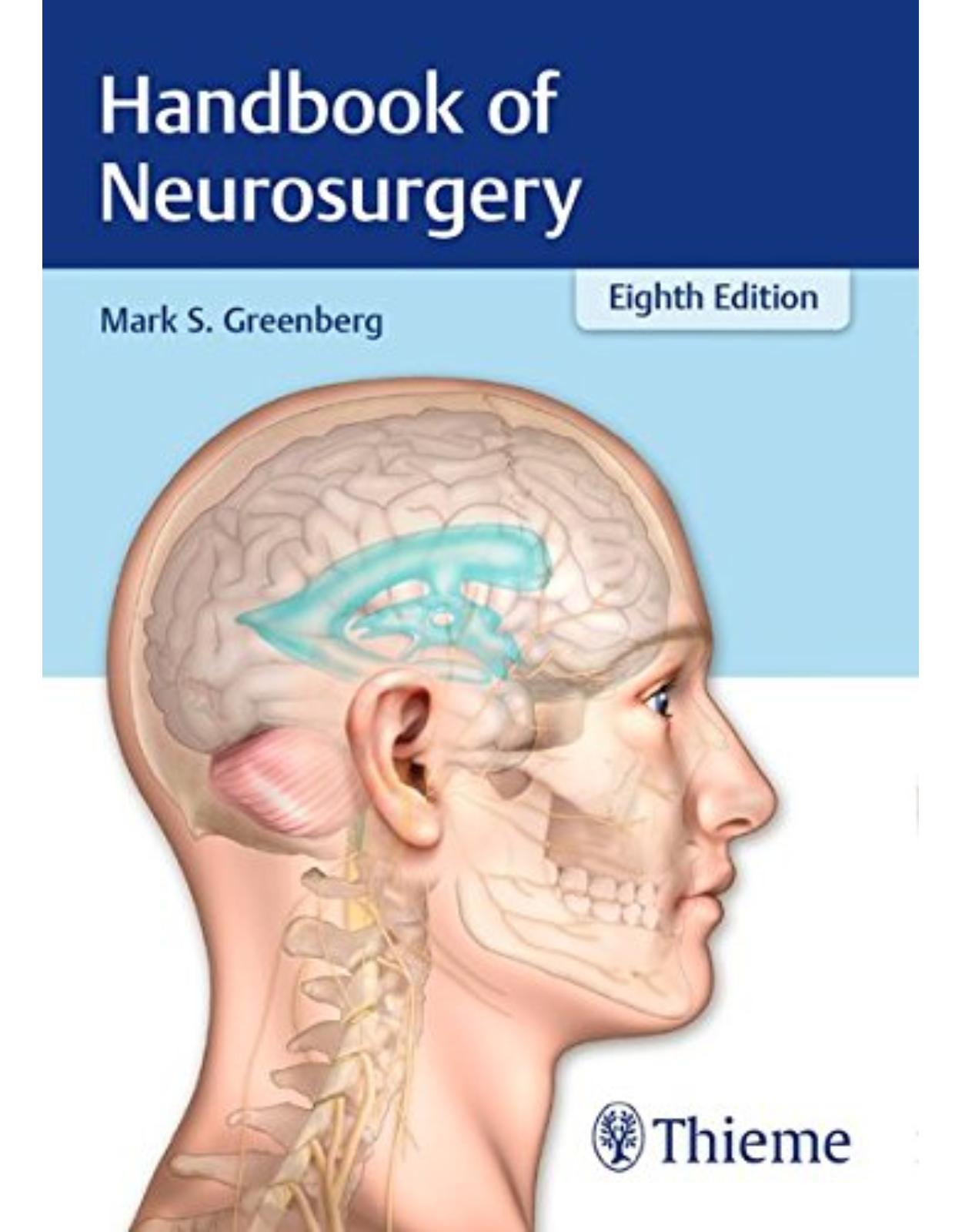
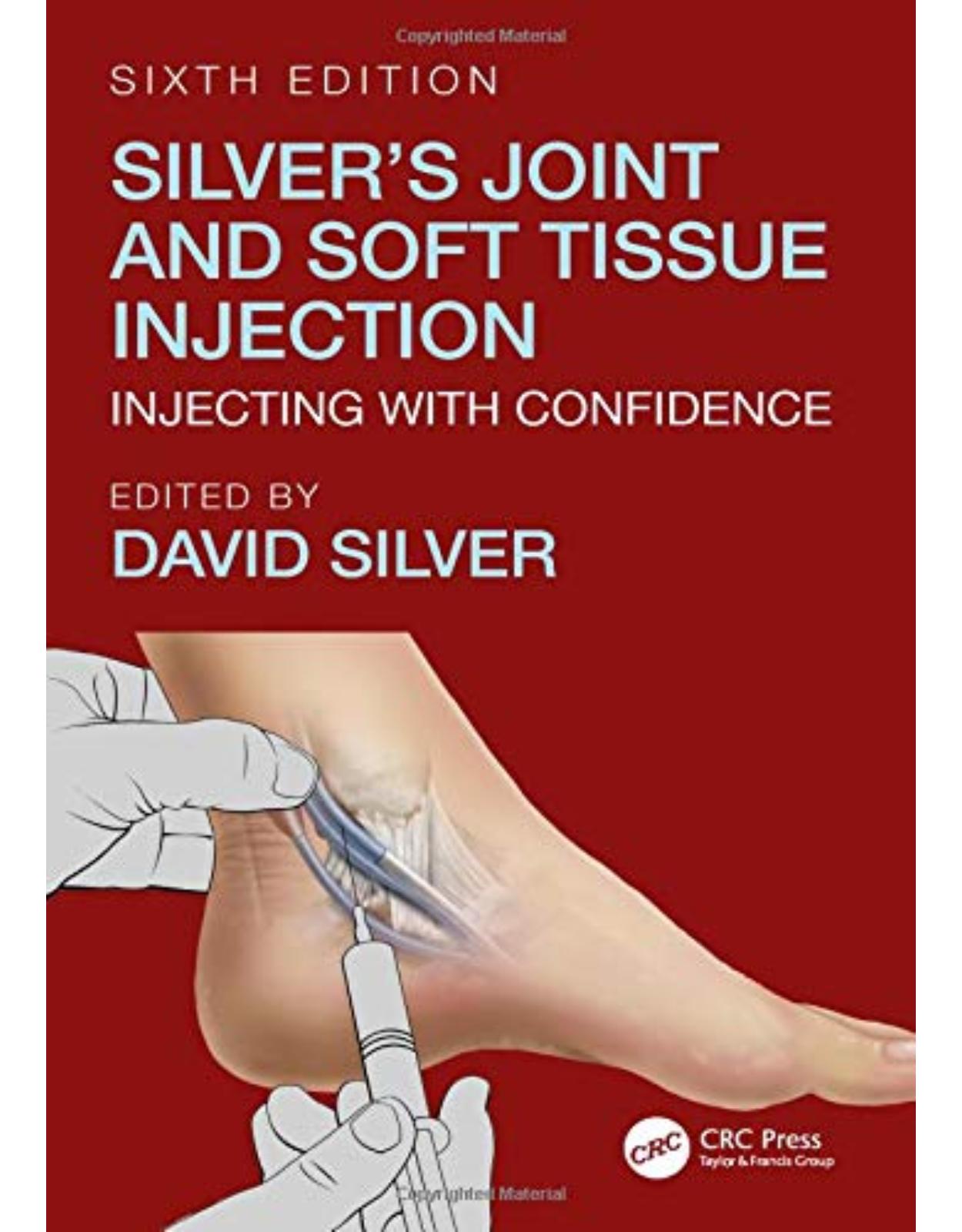


Clientii ebookshop.ro nu au adaugat inca opinii pentru acest produs. Fii primul care adauga o parere, folosind formularul de mai jos.